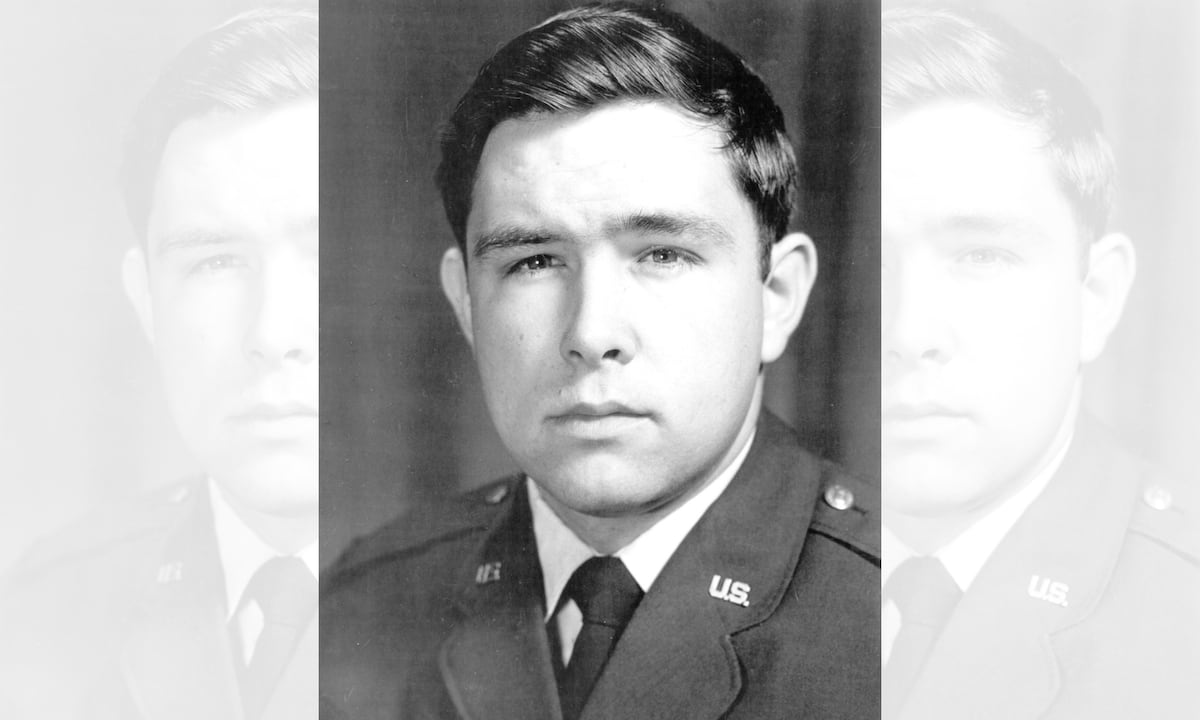In the spring of 1972, the communist People’s Army of Vietnam (PAVN) launched an offensive into South Vietnam that dropped all pretense regarding Hanoi’s involvement in the conflict, including the use of conventional weapons and tactics.
The largest, longest and most savage struggle in the campaign was the Second Battle of Quang Tri, which began on June 28, 1972. The United States played a reduced, peripheral role in the battle, but the advisors and air support it provided played a vital role in opposing the invasion.
Although the PAVN did not commit aircraft to its attack, it supplemented its anti-aircraft artillery with a formidable innovation: the SA-7 (dubbed the codename Grail by NATO), a shoulder-fired guided missile. Among the Grail’s earliest victims was a U.S. Air Force ground support aircraft, a North American Rockwell OA-10A Bronco — a small, nimble airplane designed to pick out targets in a guerrilla war — piloted by Steven Bennett.
The Louisiana native was on his second tour of duty with the 20th Tactical Air Support Squadron at Danang in 1972 when the North Vietnamese thrust into Quang Tri on June 28.
Just one day later Bennett was flying a Bronco with U.S. Marine Capt. Michael Brown in the observer’s seat, providing reconnaissance, artillery adjustment and liaison for South Vietnamese Marines and a contingent of U.S. Marine advisors.
While they were directing gunfire for two U.S. Navy destroyers in the Gulf of Tonkin, the duo received information that a large PAVN force was concentrating for a mass attack on a ”friendly unit.” Bennett relayed the request for tactical air support, but was informed that there was none available and moreover, artillery support was being denied because of the close proximity of the PAVN to the Marines.
For the time being, Bennett and Brown were the air support.
Besides four 7.62 mm machine guns in the fuselage, the Bronco could carry up to 3,600 pounds of bombs and rockets, and, as Bennett’s citation stated, “Capt. Bennett was determined to aid the endangered unit, and elected to strafe the hostile positions.”
In the course of four strafing runs, the men inflicted so much damage that the North Vietnamese began to retreat. It was in the course of making a fifth attack, however, that Bennett’s plane was hit by an SA-7 missile, which severely damaged the left engine and left main landing gear.
As the fire spread from the left engine, Bennett realized that it would be impossible for him to reach a South Vietnamese-held airfield. He therefore told his observer to prepare to eject, but while Bennett’s parachute was still intact, Brown replied that his had been shredded by the force of the exploding SA-7.
Putting his observer’s life before his own, Bennett made for the Tonkin Gulf. Despite the Bronco’s notoriety for the slim chance it afforded the pilot ditching, Bennett decided it was his observer’s only chance.
“There were five or 10 minutes before we would hit the water, and [Bennett] knew full well his chances were virtually nil,” Brown told The Daily Advertiser newspaper in 2010. “He could have gotten out himself, but he chose not to do that.”
Reaching the coast eight miles south of Quang Tri, Bennett ditched. Sure enough, however, the impact caused the plane to cartwheel, severely damaging the front cockpit and trapping the pilot therein, but Brown was able to swim clear. Bennett’s body was recovered the next day and eventually brought to its final resting place in Lafayette Memorial Park in Louisiana.
When the 81-day Second Battle of Quang Tri ended on Sept. 16, 1972, the PAVN’s offensive had been halted and the South Vietnamese forces had regained all their lost land.
On Aug. 8, 1974, Bennett’s widow and daughter went to the Blair House in Washington, D.C. to receive his posthumous Medal of Honor from President Gerald R. Ford.
Read the full article here








